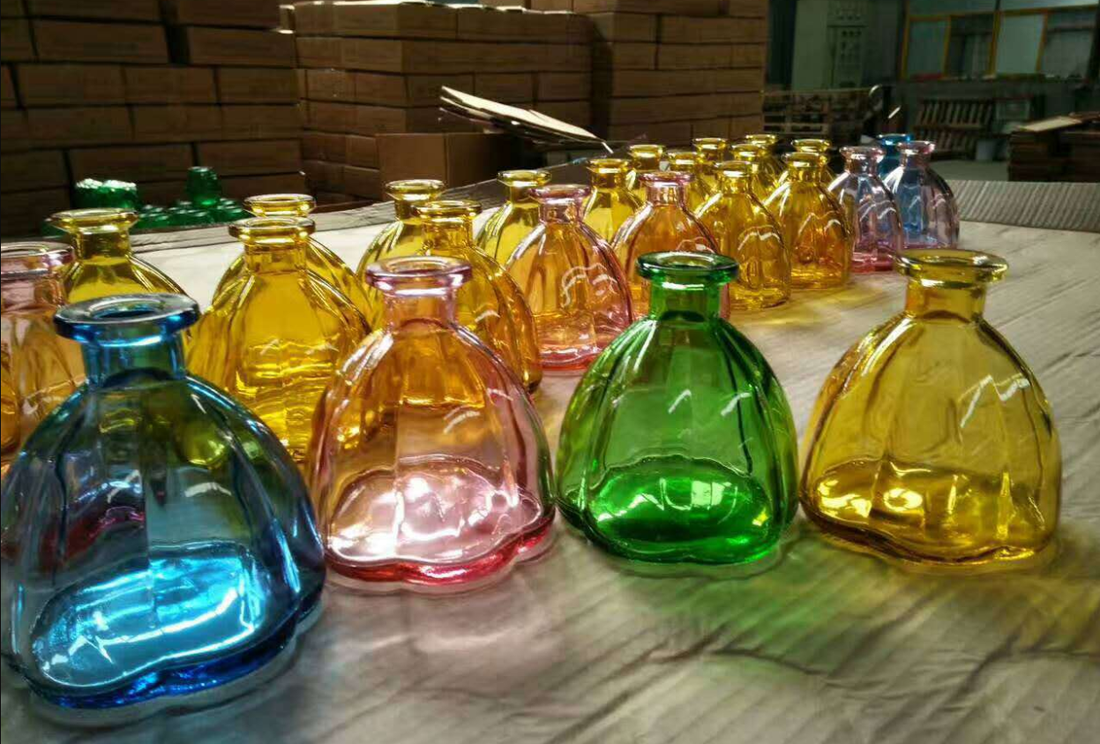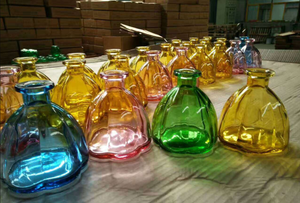
Inspection standards and procedures for glass products, as well as factory inspection and verification services
Glass products, as fragile materials widely used in fields such as construction, home furnishing, and electronics, their quality control is of vital importance during the inspection, factory verification, and product inspection and certification processes. This article will systematically introduce the inspection standards, inspection procedures, and quality certification requirements for glass products, providing professional guidance for relevant practitioners.
I. Quality Inspection Standards for Glass Bottles
(1) Dimension Accuracy Certification
Capacity verification: Specifications such as 500ml and 950ml require capacity certification through standard measuring tools.
Dimension tolerance control:
The diameter tolerance of the bottle body is ±2mm.
Overall height tolerance: ±2mm (excluding the cover)
The thickness tolerance of the bottle body is ±0.2mm.
The thickness of the bottle bottom is ≥ 1.5mm (for 500ml)
Testing method: Use a vernier caliper for full measurement or sampling measurement to ensure that the dimensions comply with the requirements of the engineering drawings.
(2) Appearance Defect Inspection Certification
Surface quality inspection
The bottle body is clean without any black spots, scratches or damages.
No glass debris remains inside.
The mold texture is not distinct and there are no tactile lines.
Structural Integrity Certification
The bottle mouth is smooth without cracks, serrations or bubbles.
The bottom of the bottle is level and there is no tilt or deformation.
The mold line is not distinct and there are no sharp edges.
Thermal stability test certification
High borosilicate glass needs to pass the thermal shock test.
Test with boiling water: Pour boiling water in and observe if it leaks.
Freezing test: After filling with water, place it in the freezer compartment of the refrigerator to test its low-temperature resistance performance.
(III) Inspection and Certification of Accessories and Packaging
Accessory compatibility test
Inspection of the integrity of the silicone gasket, with no damage and correct position.
Sealing test of the lid: No leakage when inverted
Verification of the compatibility between the silicone sleeve/braided sleeve and the bottle body
Packaging integrity certification
The packaging box is clean and free of dirt.
The size design meets the requirements for product protection.
The information on the outer box label is accurate and clear.
(4) Identification Inspection and Certification
The position, size and color of the LOGO are in accordance with the design requirements.
No printing defects such as blurriness, bubbles, double images, or missing parts.
The label is firmly attached and does not come off even after being subjected to friction tests.
II. Key Pre-shipment Inspection Considerations for Glass Products
1. Zero Tolerance for Safety Defects
Damaged, cracked, cracked surfaces, and products that are sharp and hurt the hands will all be refused.
Products with uneven or misshapen mouths and bottoms are not acceptable.
2. Material Purity Certification
The clear glass material does not contain recycled materials and has a transparent and white color.
The colored glass has a stable and uniform color tone, without any impurities.
The glass material melted well without any un-melted impurities.
3. Process Quality Control
The thickness of the glass is uniform, with no unevenness in thickness (either too thick or too thin).
Strictly control the number and distribution of bubbles:
There are no bubbles within 1 cm of the mouth.
The diameter of the bottle body is greater than 2mm and the number of bubbles is no more than 2 or the diameter of the bubbles is greater than 1mm and the number is no more than 3.
No bubble aggregation phenomenon
4. Heat treatment process certification
The annealing time should be no less than 6 hours to ensure the stability of the product.
Thermal stability test: No damage occurred during alternating temperature cycles at a temperature difference of 39℃
5. Surface quality requirements
No obvious water marks, wrinkles or scars
No defects such as rough edges, cracks, or incomplete filling.
The mouth is smooth and flat without any rough edges.
III. Inspection Specifications for Glass Products
(1) Sampling Inspection Plan
Appearance inspection: Conducted using MIL-STD-105E one-time sampling normal inspection at level II.
Dimension inspection: 10 pieces from each batch are randomly selected for precise measurement.
Special test: 10 samples are randomly selected from each batch for functional verification.
(2) Inspection of environmental standards
The appearance inspection is carried out under standard fluorescent lights.
Color difference determination uses a standard light source box
The inspection distance is approximately 8 inches, and the inspection time is 3 to 4 seconds per piece.
(III) Special Inspection and Certification Items
High-temperature resistance test
Set specific temperature parameters and time parameters
The product is considered qualified if it does not crack after the test.
Actual configuration test
The gap between the accessory and the assembly is ≤ 0.5mm
Under external force, the glass shows no obvious shaking.
Imaging test (for mirror products)
Mirror imaging has no distortion and high clarity.
Adhesion test
Carry out the peel test using 3M adhesive tape
There is no peeling off of the coating.
Anti-fog test
Freezing test: No fogging on the mirror surface in the temperature range from -10℃ to room temperature.
Hot water test: The mirror surface is free of fog when exposed to 80℃ ± 5℃ hot water.
IV. Packaging, Transportation, Inspection and Certification
1. Requirements for Protective Packaging
The products are placed upright and each individual product is wrapped in paper.
Use egg trays to prevent collisions between them
The packaging material has sufficient buffering performance.
2. Verification of Identification Files
The content of the packaging label is accurate and error-free.
The content of the manual is complete and accurate.
The inner and outer carton labels comply with the requirements of the order.
3. Transportation Safety Certification
The packaging scheme passed the drop test.
Ensure that the export transportation process is safe and undamaged.
By establishing a comprehensive inspection system for glass products and strictly implementing the entire process inspection and certification from raw materials to finished products, it is possible to effectively ensure that the product quality meets international standards and customer requirements, providing a strong guarantee for the successful completion of factory inspection audits and market supervision.
Share this product

Inspection standards and procedures for glass products, as well as fac
Glass products, as fragile materials widely used in fields such as construction, home furnishing, and electronics, require extremely strict quality control.
